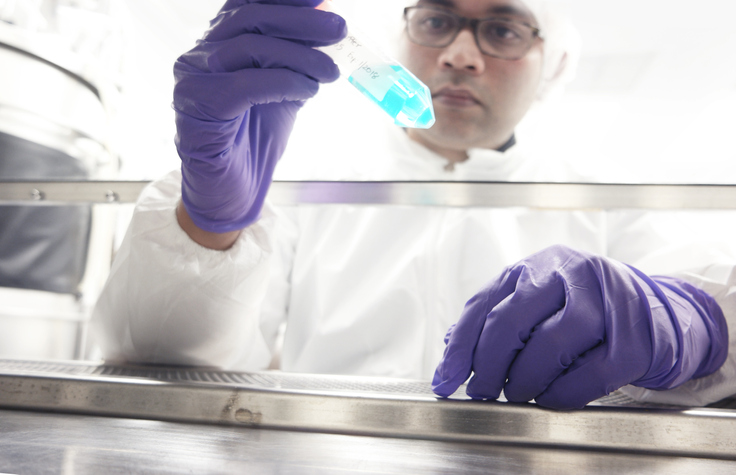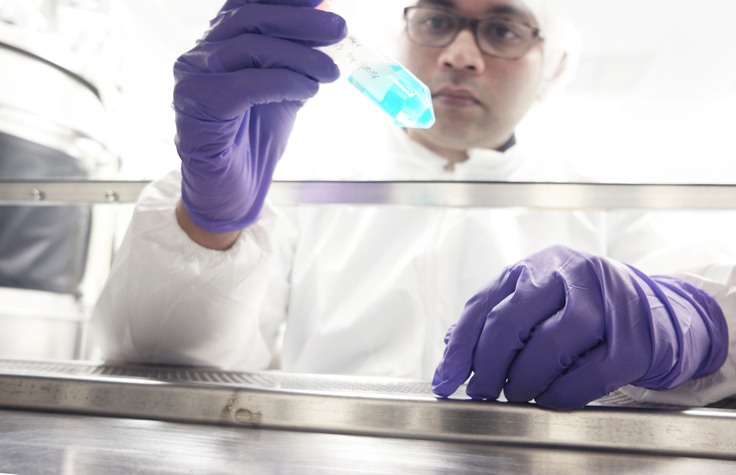
CGT manufacturers need to get better at gathering process data to move manufacturing into the digital age according to a new study [Reptile8488/Getty Images]
Cell and gene therapy (CGT) production will only enter the digital age when the industry gets better at gathering process data, according to researchers, who say closed systems and advanced monitoring technologies will be vital.
Unlike in pharma, the fourth industrial revolution has not reached the CGT sector, according to Aleksander Szarzynski, a researcher at the Vienna University of Technology and co-author of a new study looking at cell and gene therapy production.
“Industry 4.0 proposes a structure of achieving continuous process improvement, by the smart utilization of process data, aided by automation and digitalization of every process step. As a prerequisite, higher density data needs to be collected throughout the process, starting with the cells and the culture.
“Manufacturers can benefit from CGT 4.0 if they can acquire more process data on critical quality process parameters (CPP) during the process,” Szarzynski told GEN.
Data acquisition
Acquiring better data will rely on improved technologies, according to the study, which points to containment, measurement technologies, and analytical software as examples.
Szarzynski said, “The innovation needed is first and foremost the systematic, accessible, and coherent structure of end-to-end cultivations, so that it can be used for modeling, aka digitalization.
“In terms of CGT, due to the lack of process understanding, more necessary data should be acquired during the whole process to distil important CPPs that influence the critical quality attributes of a given process.”
He cited new miniaturized sensors being developed under the European Commission’s PAT4CGT project as an example of the sort of innovation that is needed.
The technology, which is being developed by Da Vinci Labs, is designed to monitor cultures without regular sampling, with the idea being to use the resulting data to build digital models and predictive algorithms that enhance process control.
“The goal of such efforts is to extract as much information from the process without interfering with it; therefore, minimal sampling volumes or spectroscopical methods are in focus,” Szarzynski said.
Artificial intelligence
Artificial intelligence could also help the cell and gene therapy to optimize manufacturing processes, according to Szarzynski, who says that, again, more process data will be needed.
“Unique models need to be trained on enough data for their specific tasks. Automation can aid this by reducing the variability due to reduced human interference, therefore producing much higher quality data,” he said.



